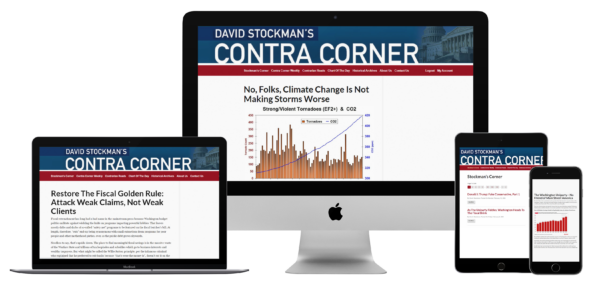Illinois has the worst migration statistics in the nation. Every 5 minutes, someone decides to leave.
This a guest post by Michael Lucci, Vice President of Policy at the Illinois Policy Institute.
Out-migration is a serious problem for Illinois, and policymakers should focus on curtailing it by fostering a better climate for job creation and economic growth. The more Illinoisans leave, the fewer there are left to shoulder the burden of Illinois’ tremendous debts. The sheer number of residents leaving Illinois matters – but it’s also critical to understand the demographic breakdown of those out-migrating Illinoisans.
When it comes to who’s heading out of Illinois, the largest group of out-migrants is people who are in their prime working years, ages 25 to 54. This is a troubling trend, which points to a weak state economy and the loss of adult taxpayers along with their children. According to data from the Bureau of Labor Statistics, or BLS, Illinois’ out-migration appears in large part to be composed of prime working-age adults.
Illinois has lost 310,000 people due to net migration over the last decade, according to U.S. Census Bureau migration records from July 2005 to July 2015. This loss is made up of Illinois’ significant net population losses to other states (-690,000), which are partially offset by international immigration gains (+380,000). Like all states, Illinois experiences net gains from international immigration. However, Illinois’ population loss to other states runs at one of the highest rates in the U.S.
Understanding Illinois’ Loss of Prime Working-Age Adults
The Census Bureau migration data provide aggregate totals of domestic migration and international immigration each year for each state. In order to understand who is leaving and why, it is necessary to examine closely the age cohorts of people who are leaving.
This can be done by considering the population of a given age group of Illinoisans in 2005, and then looking at the same population group again in 2015 after the group members have aged 10 years.
For example, BLS data show Illinois had 1.75 million adults in the 25-34 age cohort in the year 2005. Looking forward to 2015, these 1.75 million 25-34-year-olds should make up the entire age group of the 35-44 age bracket. Assuming nothing changes on the migration front, by the year 2015 Illinois would have 1.73 million adults in the 35-44 age bracket after the 25-34 age cohort has aged a decade. The slight decrease in population is based on the mortality assumption of 16,400 deaths from this age cohort using Centers for Disease Control and Prevention mortality data. Only net gains or losses from migration would make this number move from the expected 1.73 million.
The BLS data for Illinois’ 25-34-year-old age cohort from 2005 reveal that only 1.53 million of them remained in Illinois by 2015. That means that Illinois lost 216,000 adults from this prime working-age cohort between 2005 and 2015, with the majority of that population loss attributable to migration. The same pattern appears true of the other age cohorts that make up Illinois’ current prime working-age population. Over the past decade, Illinois lost a net of 12,000 people from its current 25-34-year-old age cohort, 216,000 from its current 35-44-year-old age cohort, and 126,000 from its current 45-54-year-old age cohort.
All told, BLS data show Illinois had a net loss of 354,000 adults over the last decade from its current prime working-age adult population (ages 25 to 54), with 290,000 of that loss attributable to migration rather than mortality.
The Illinois migration data make clear that prime working-age adults make up the largest portion of Illinois’ out-migration losses. In summary, here’s what the migration data tell us:
• Census Bureau data provide overall migration counts and show Illinois’ net outbound rate to other states is the highest ever at one person every five minutes.
• BLS estimates show that from 2005 to 2015, Illinois has experienced a net loss of 290,000 prime working-age adults.
• Enriched Internal Revenue Service migration data from 2011 to 2013 also show Illinois’ biggest population losses come from the three prime working-age categories.
What does all this mean? Illinois cannot fix its out-migration problem until it fixes its jobs problem. People are leaving Illinois in the heart of their working years, not only when it comes time for retirement. Illinoisans need to be able to find well-paying jobs in the local economy. Until they can, Illinois will continue to lose its taxpaying population to other states.
Michael Lucci
![]()





